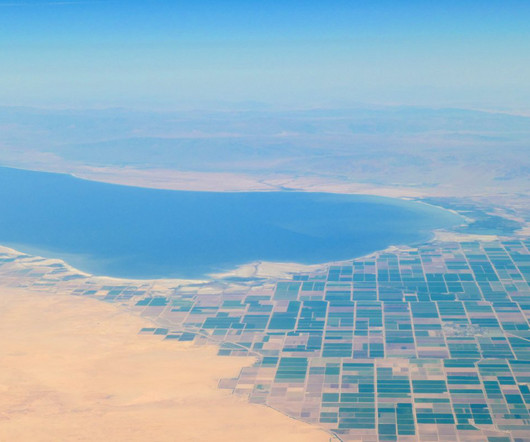As the Salton Sea Shrinks, Agriculture’s Legacy Turns to Dust
Civil Eats
JULY 17, 2023
Agricultural runoff from both valleys is the primary input into the Salton Sea, and with that runoff comes pesticides and nutrients such as phosphorous and nitrogen. Imperial County residents were exposed to over 1,200 pounds of pesticides—via the air, water, and on the plants themselves—per square mile from 2017-2019. In 2002, U.S.










Let's personalize your content